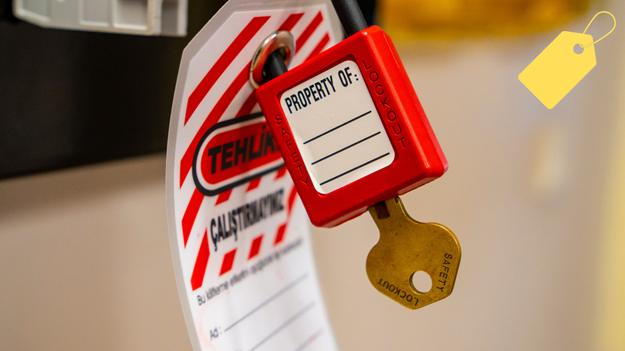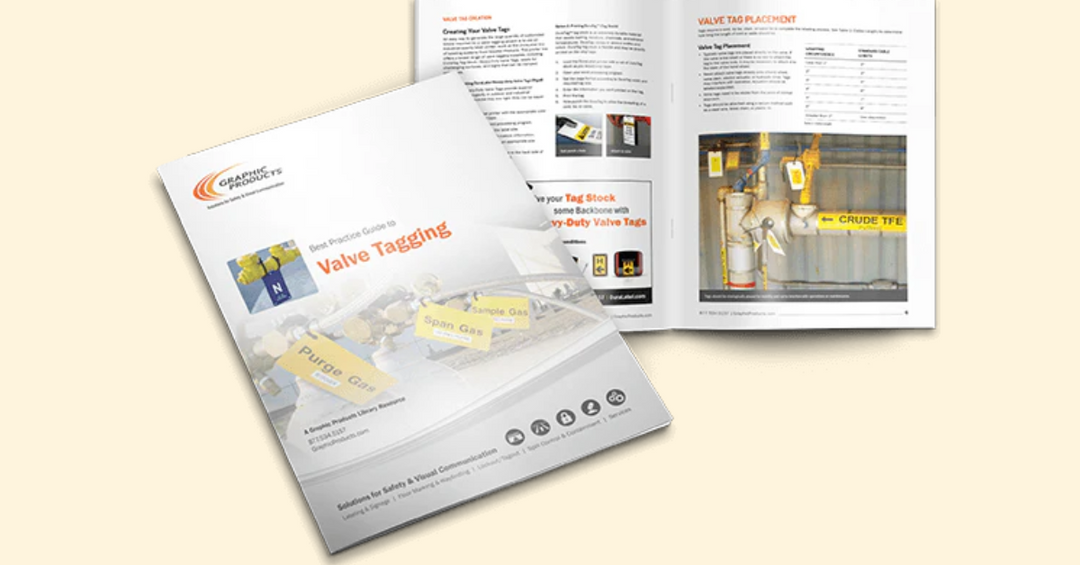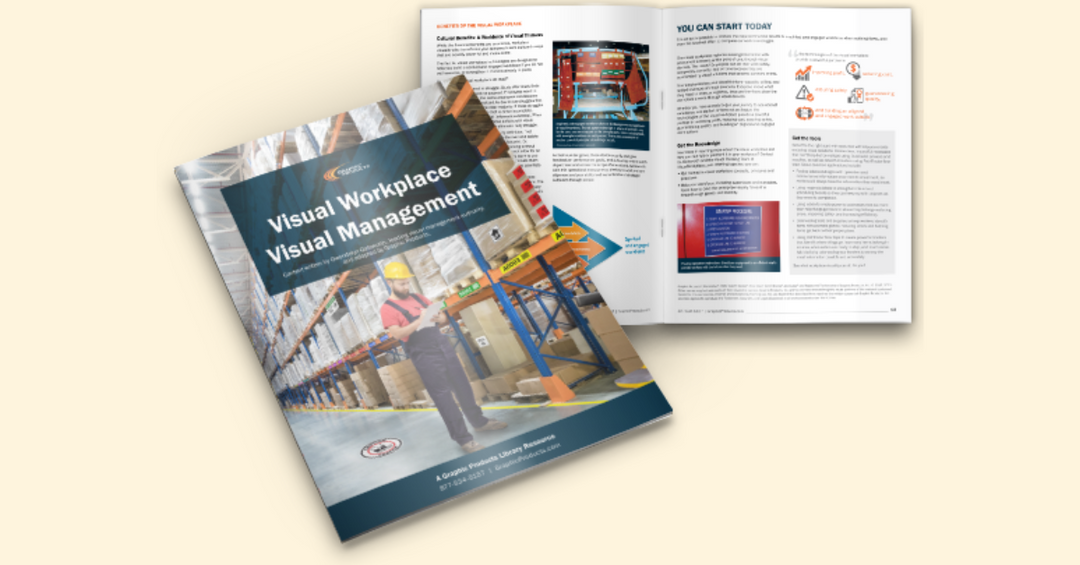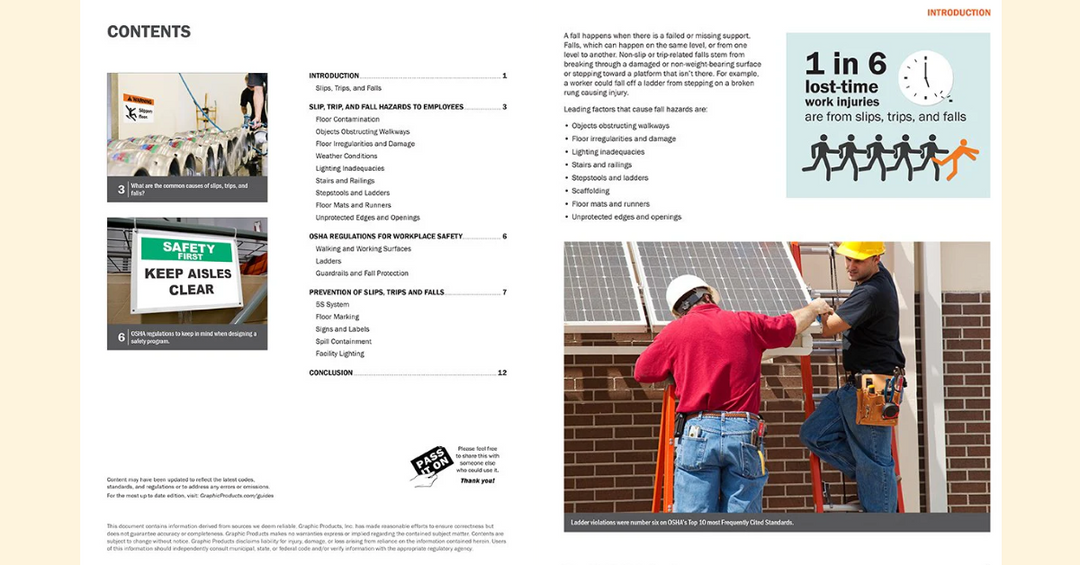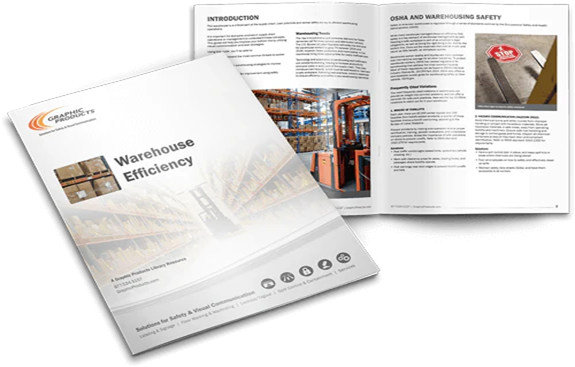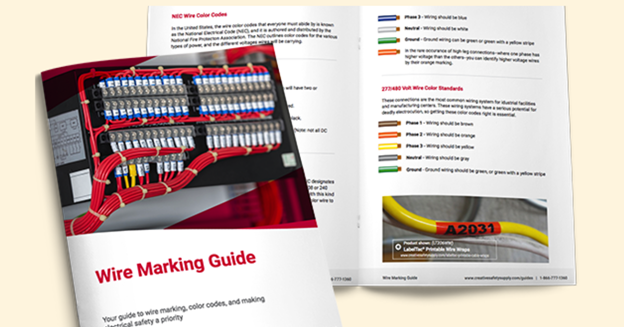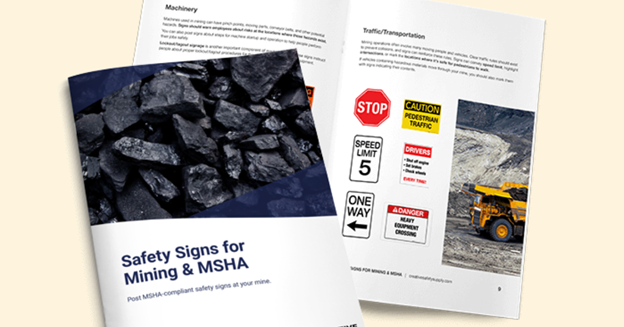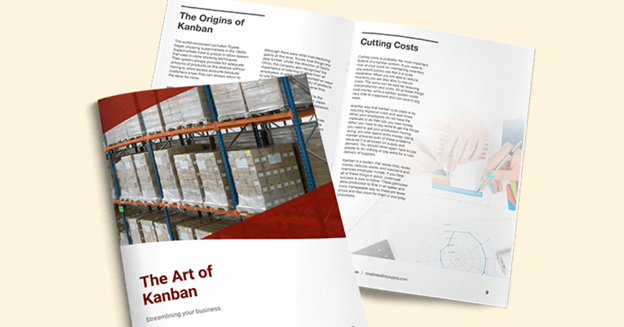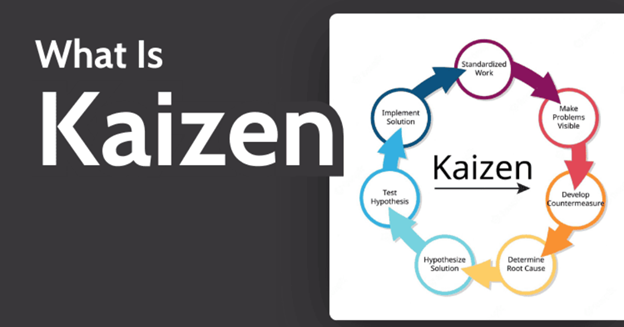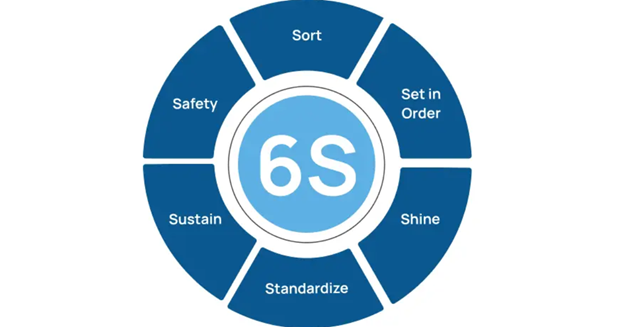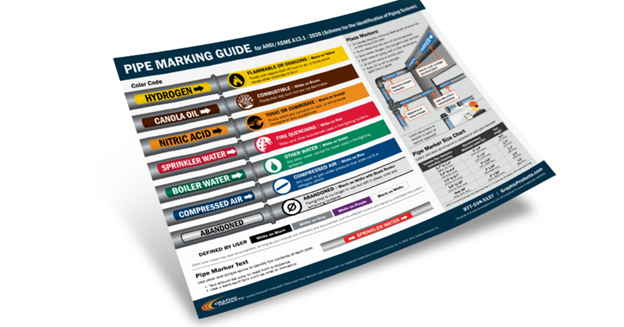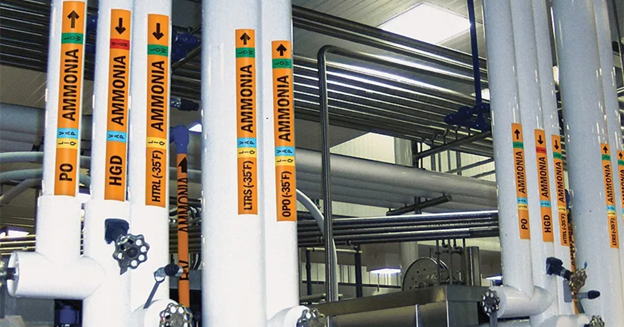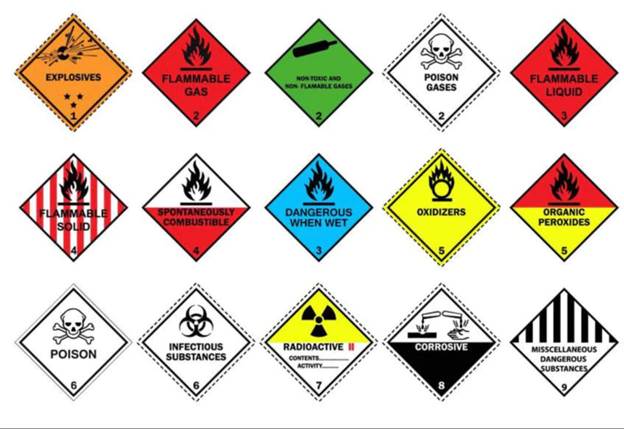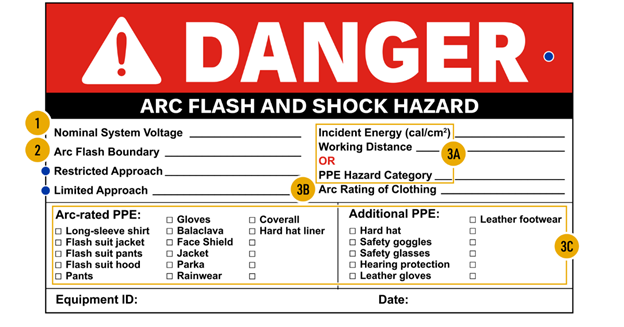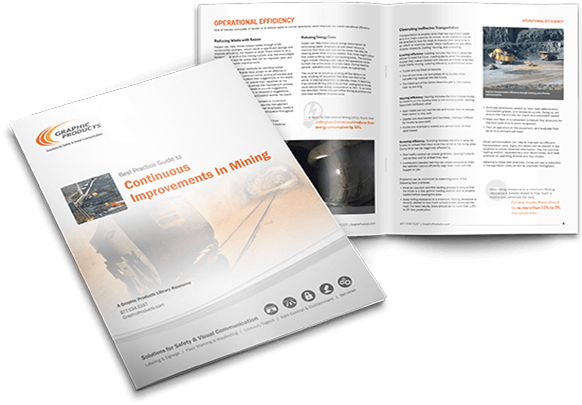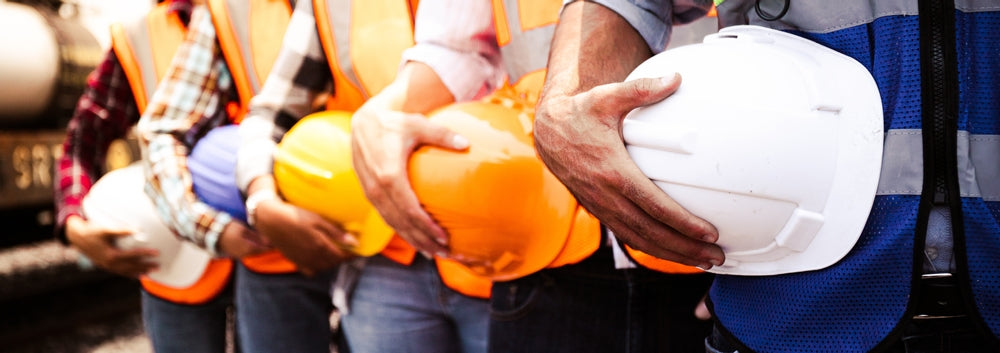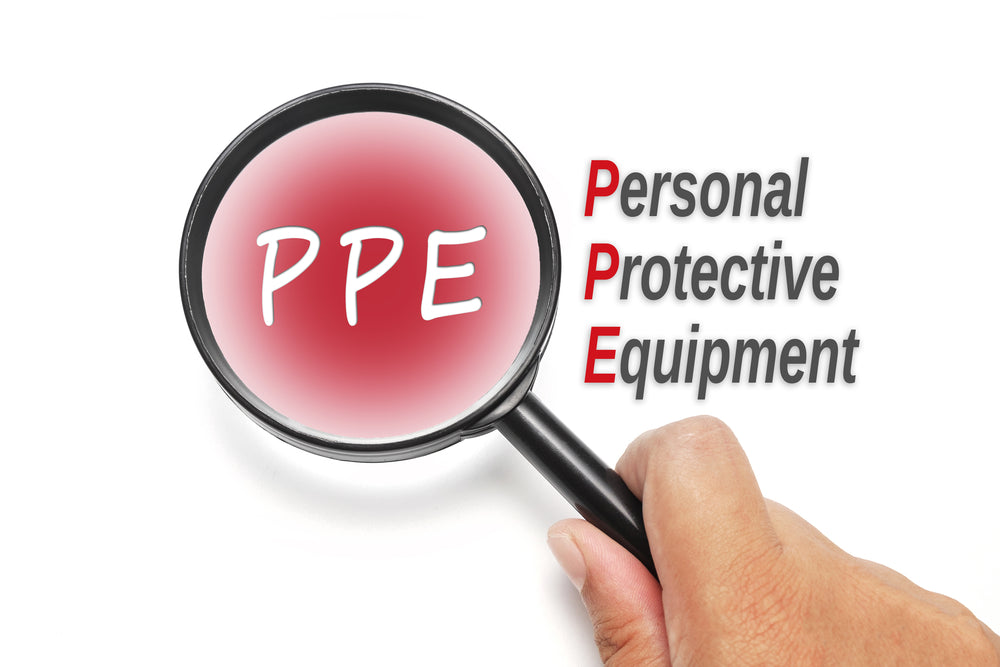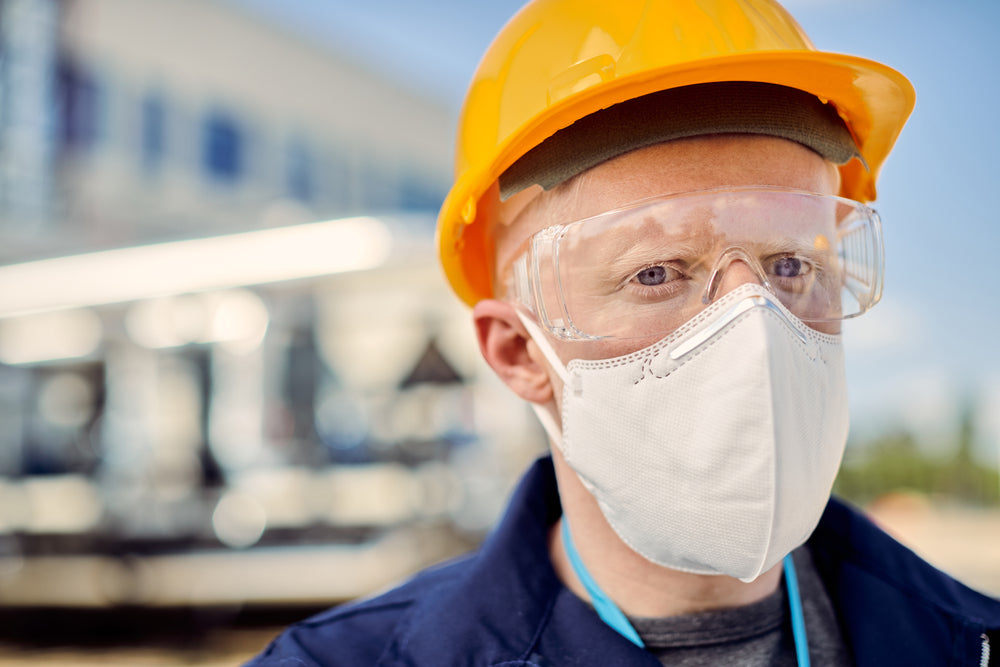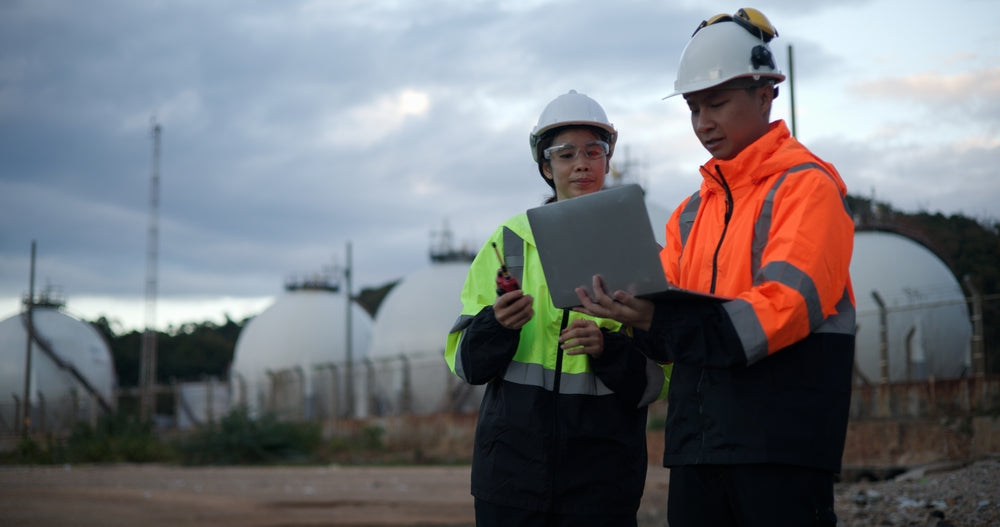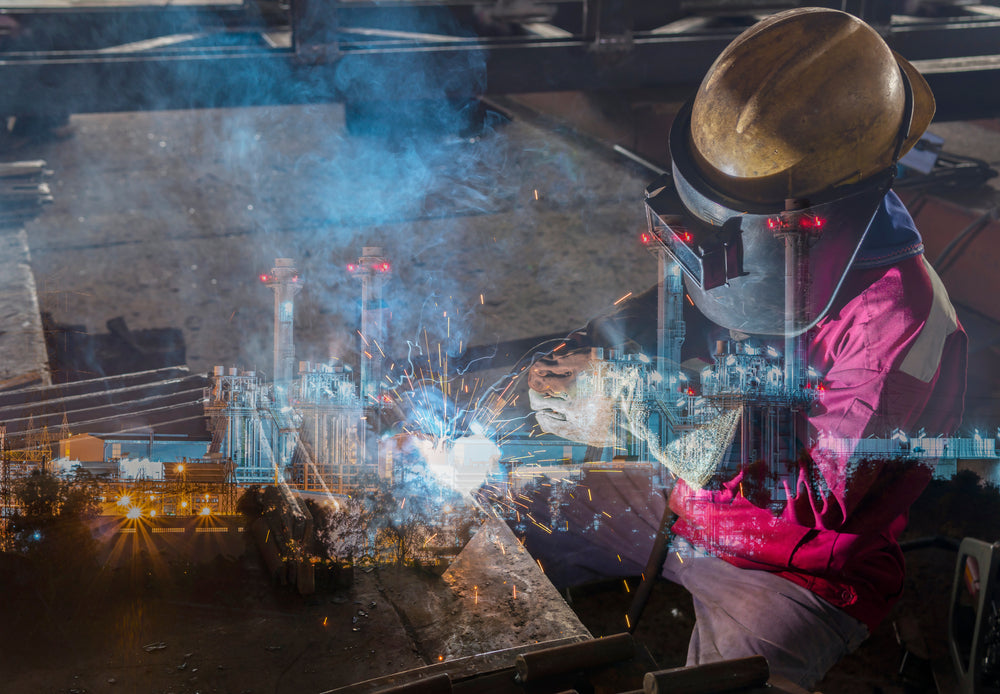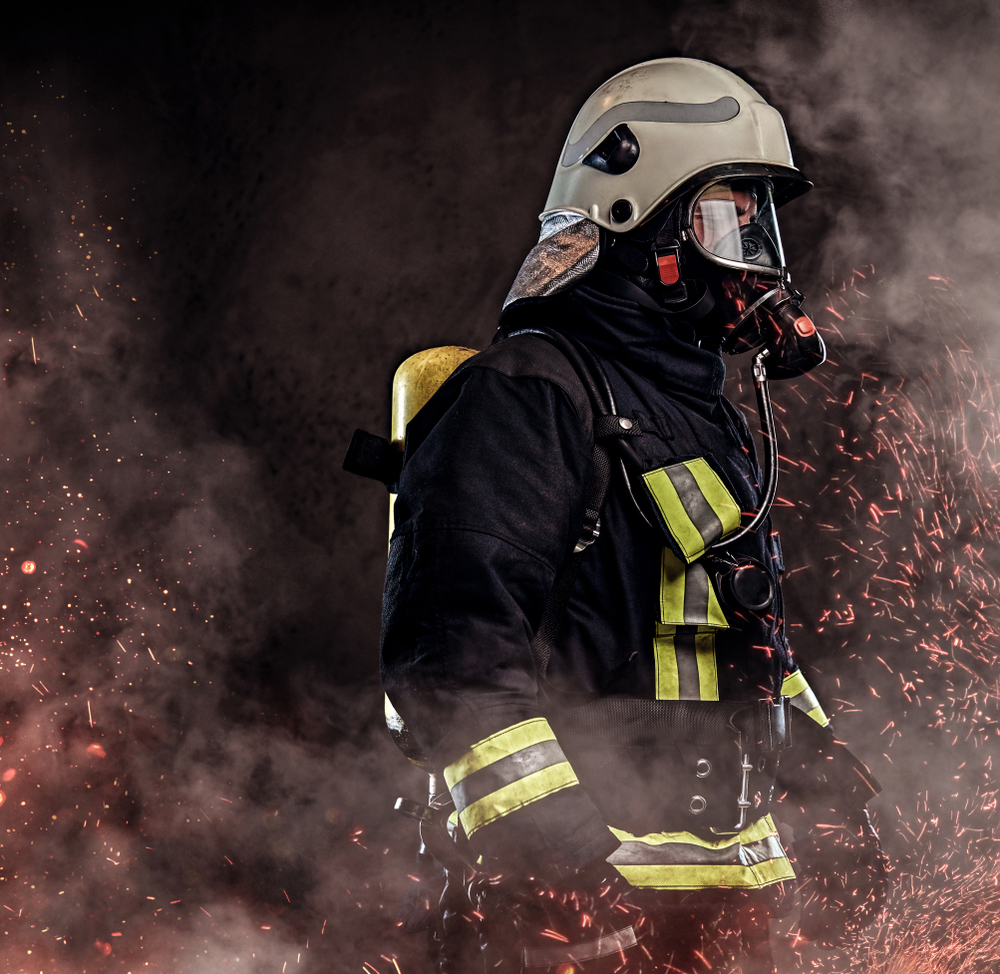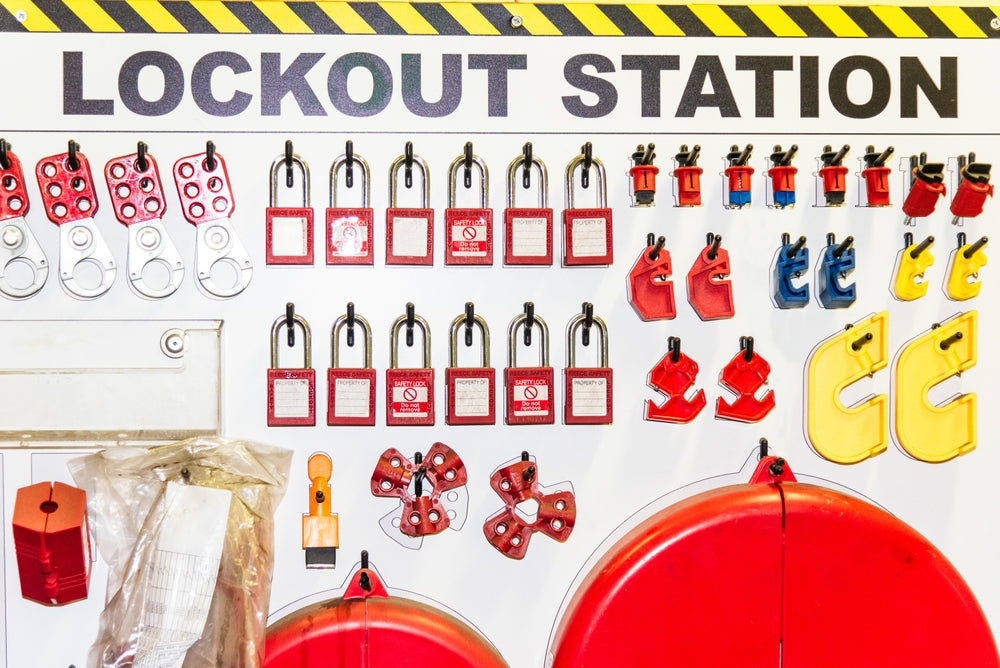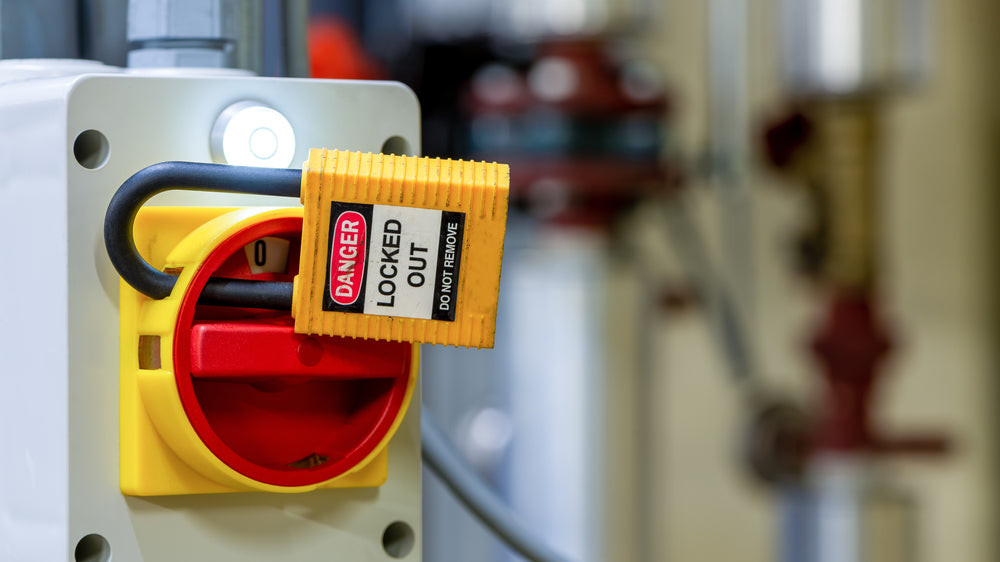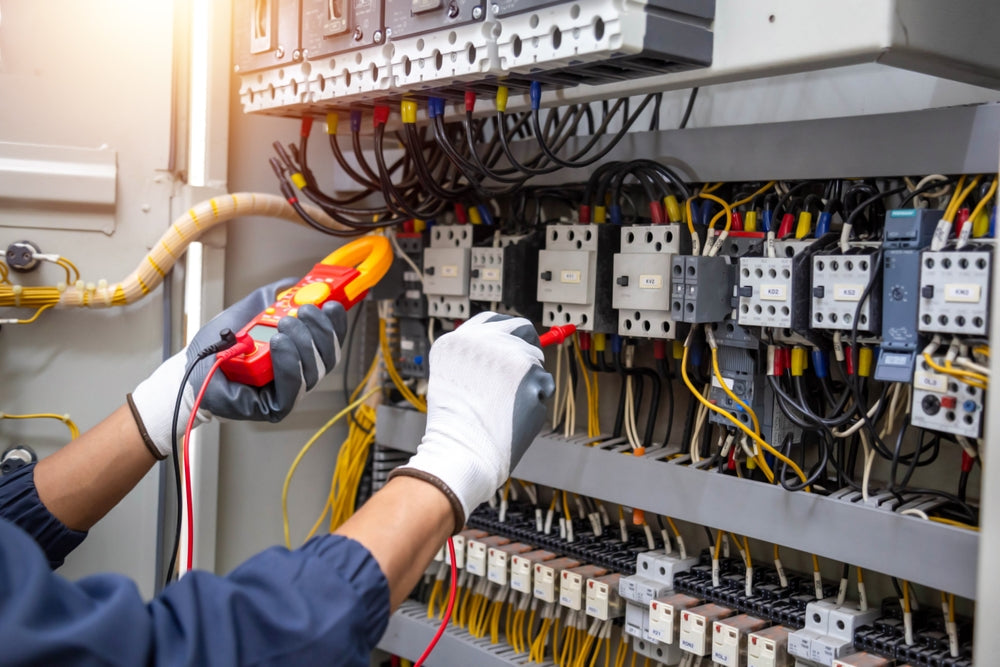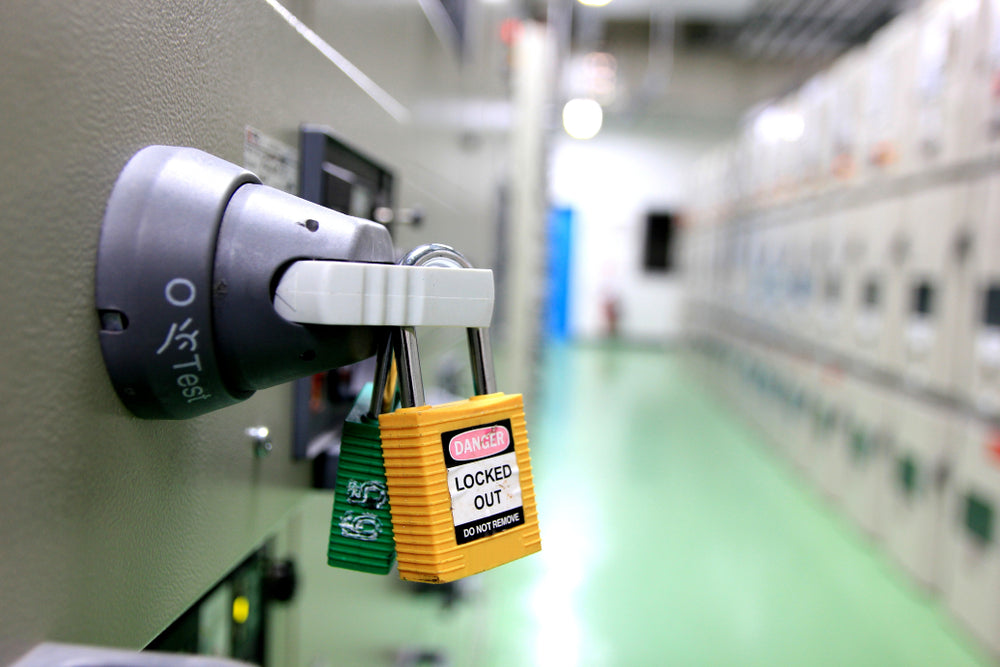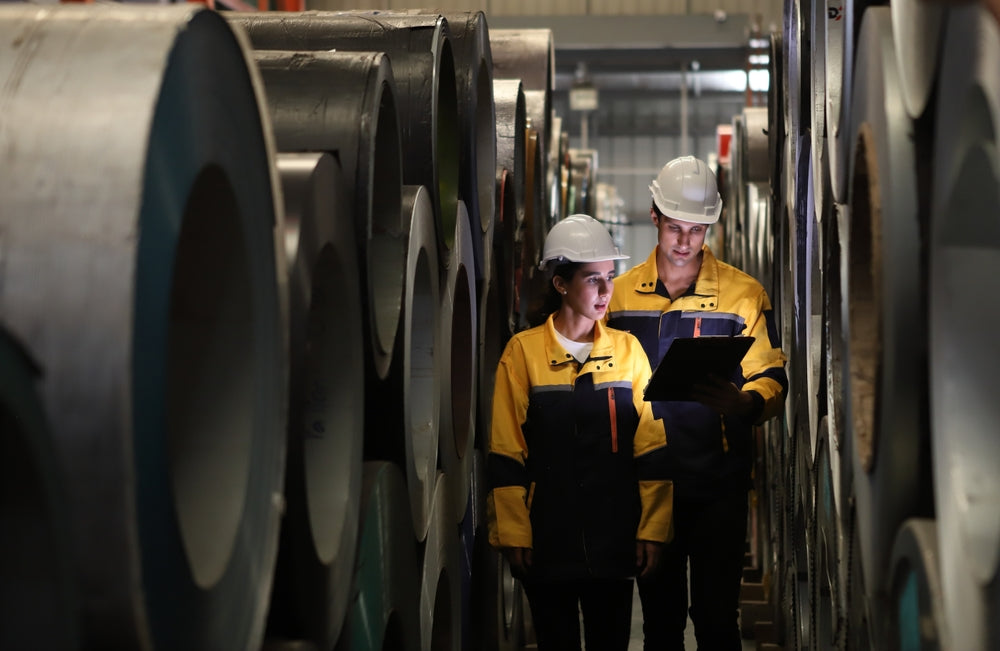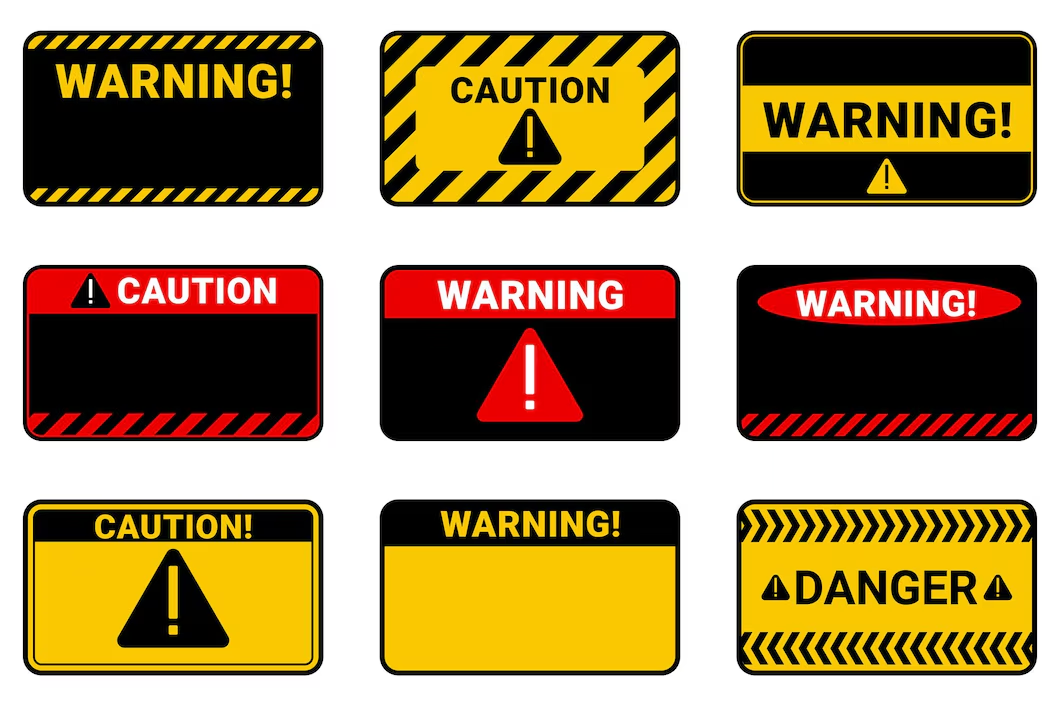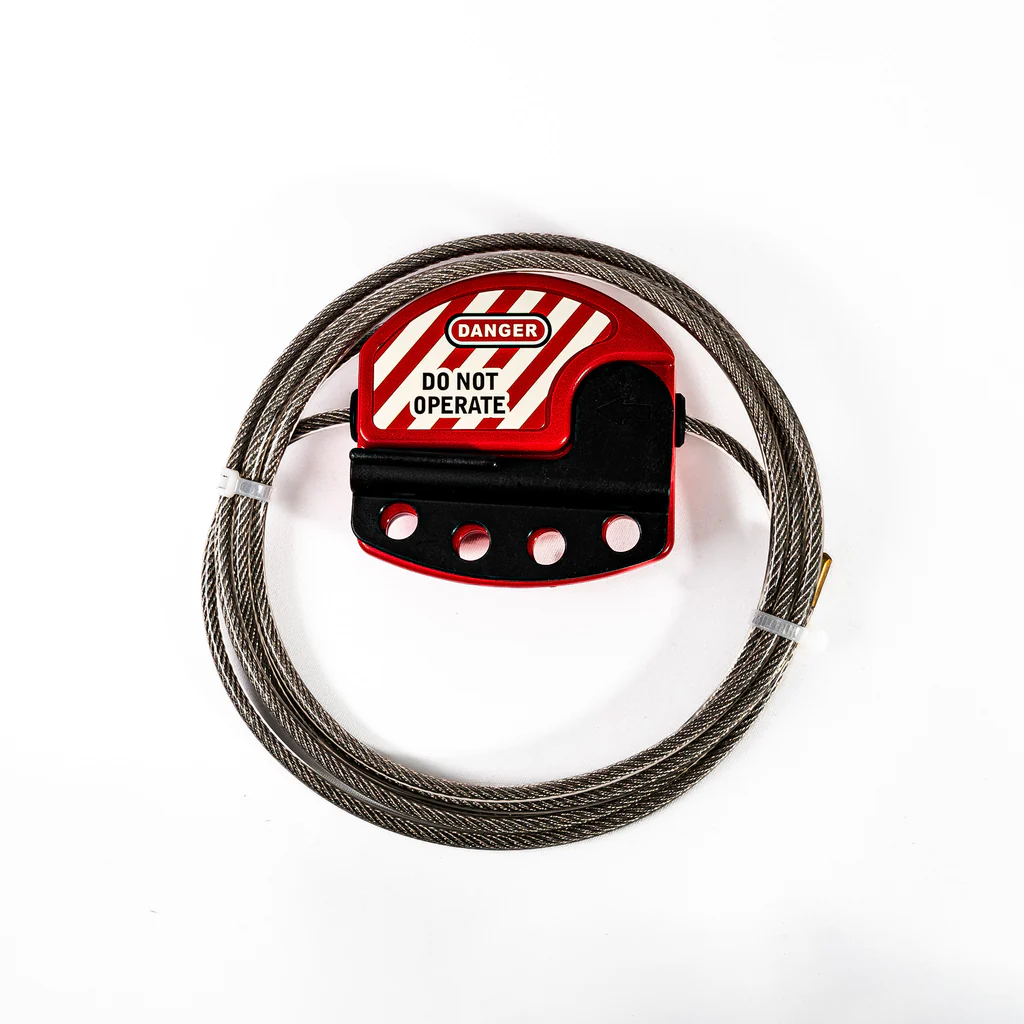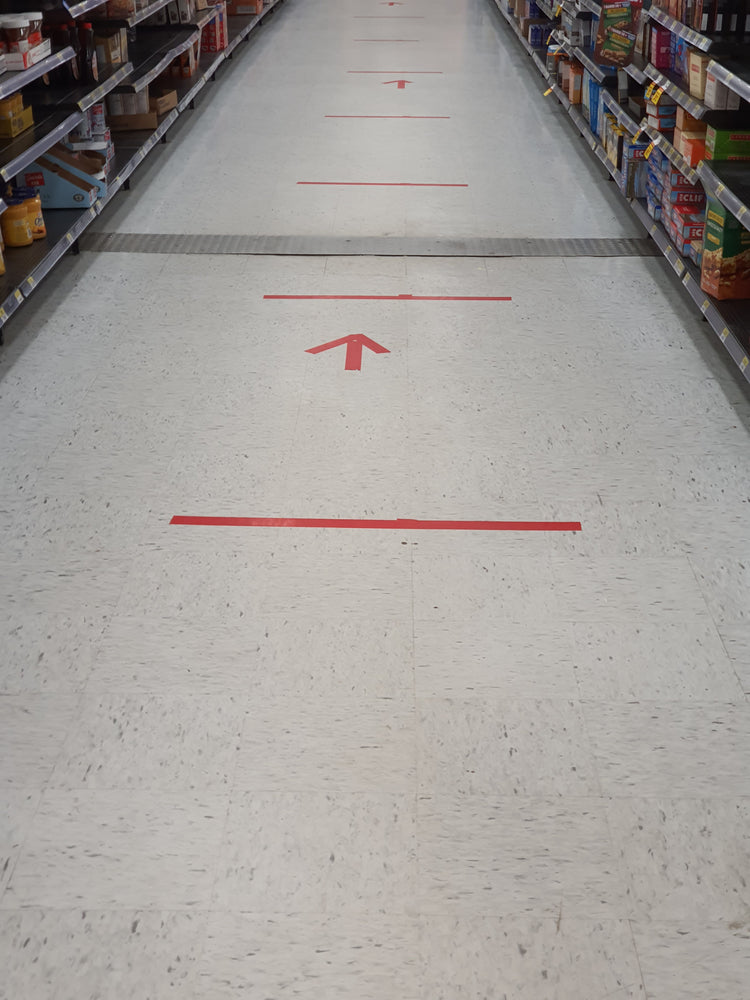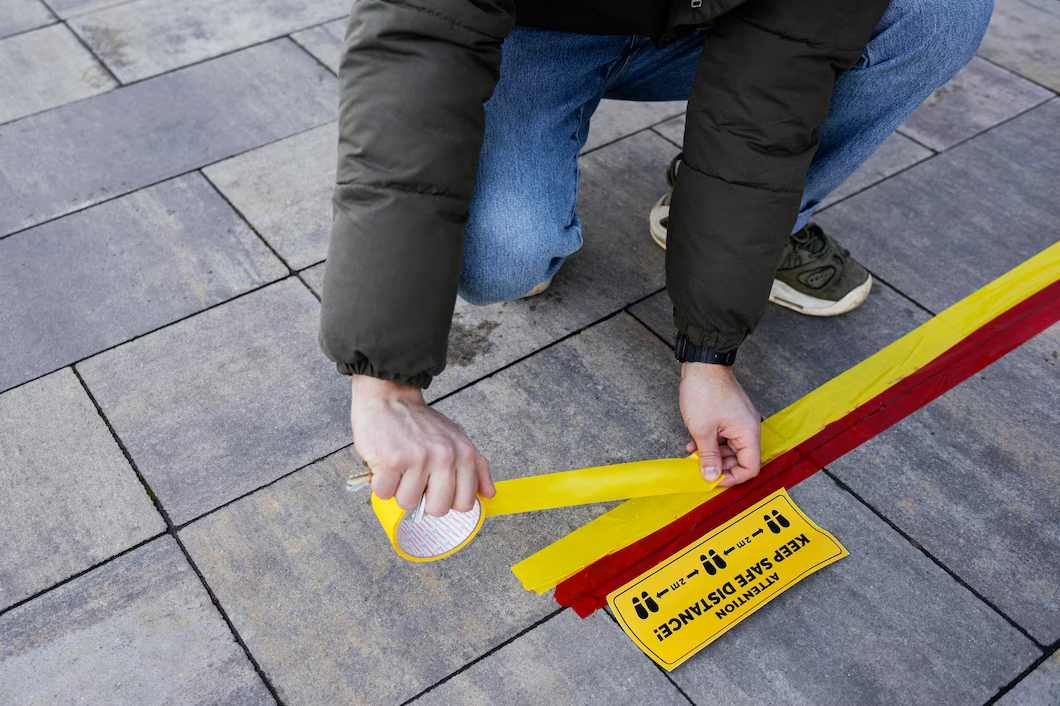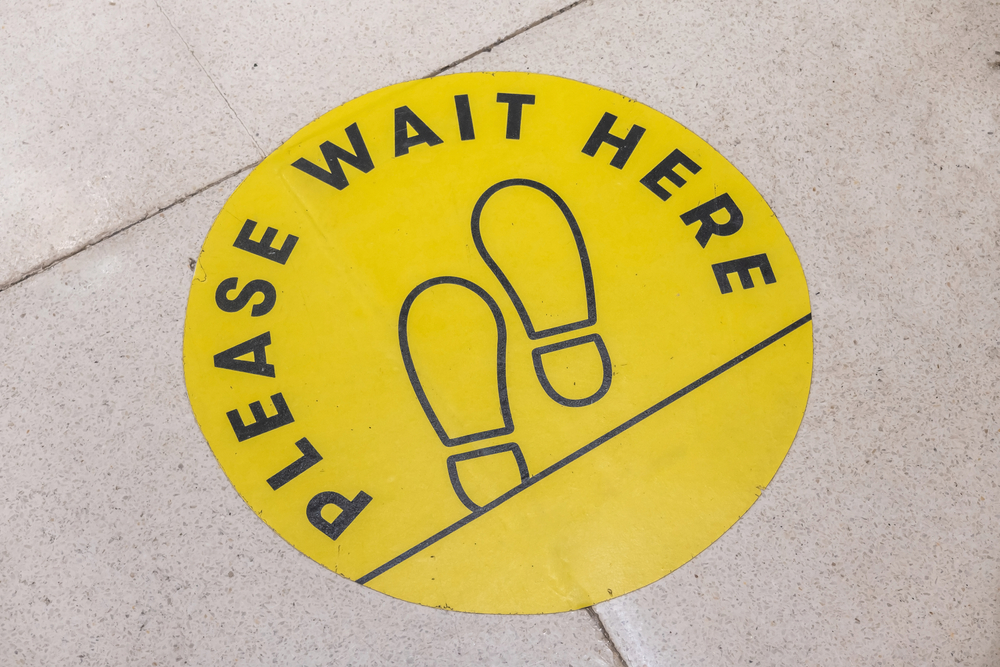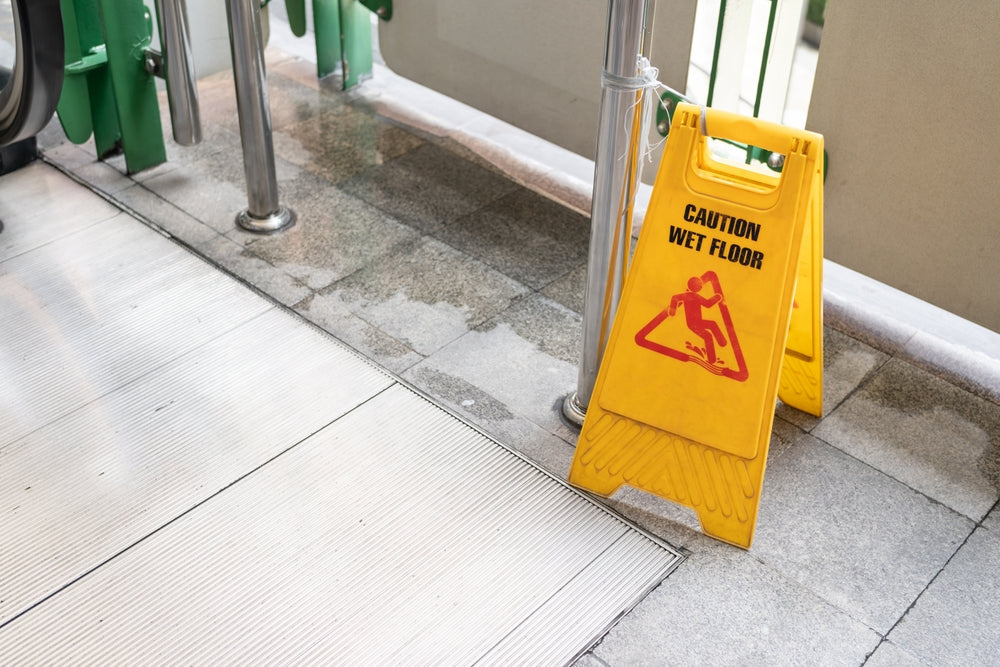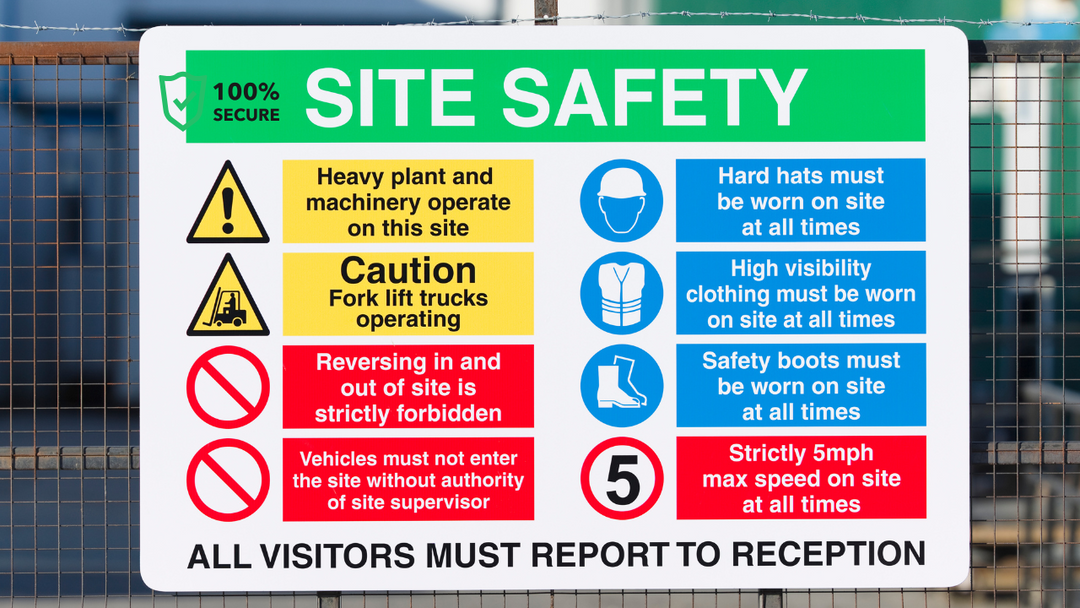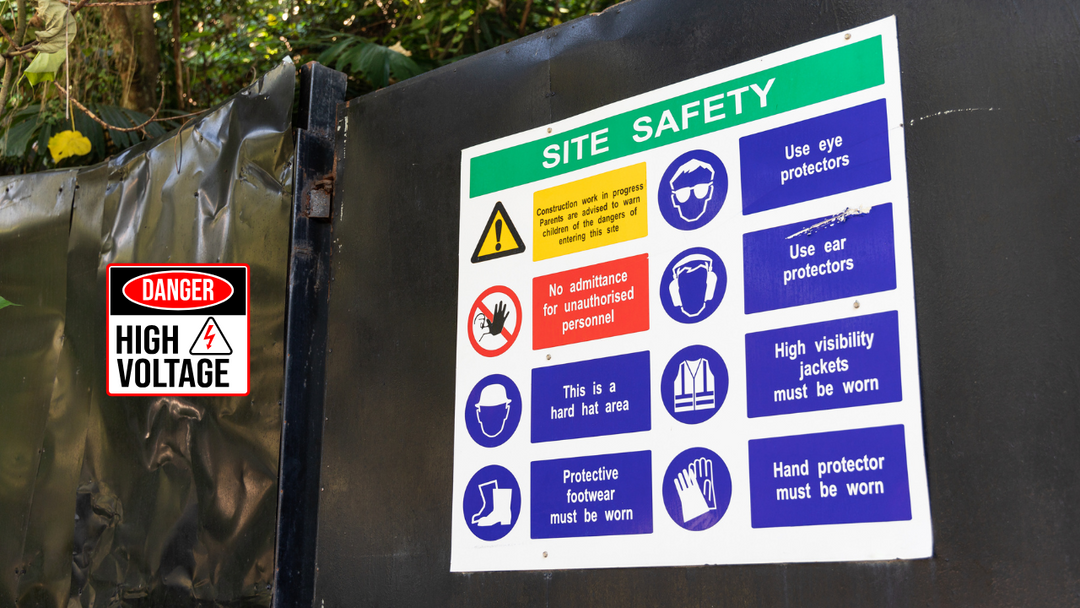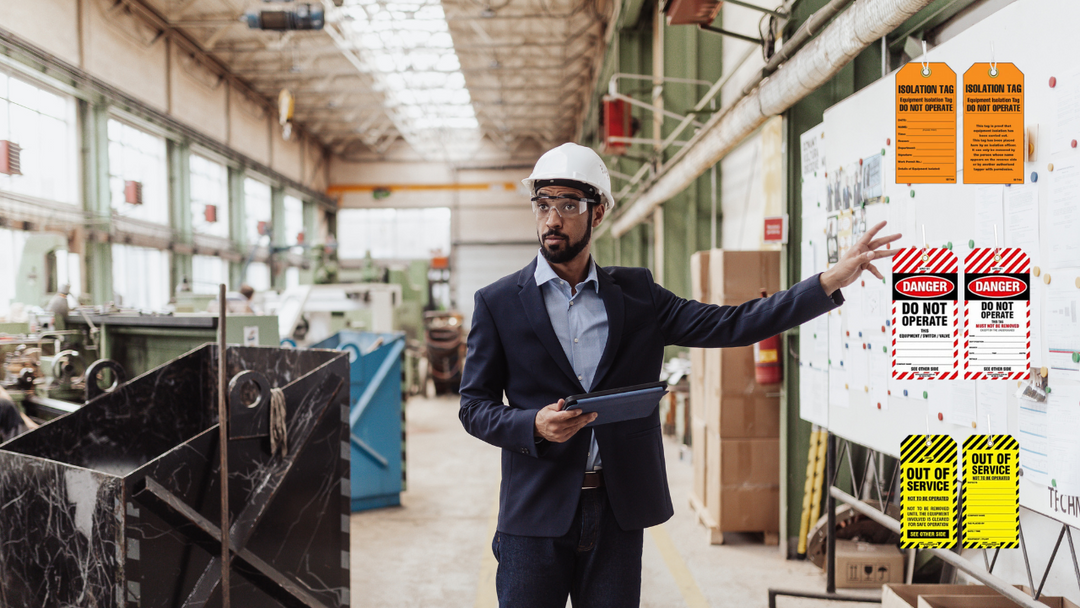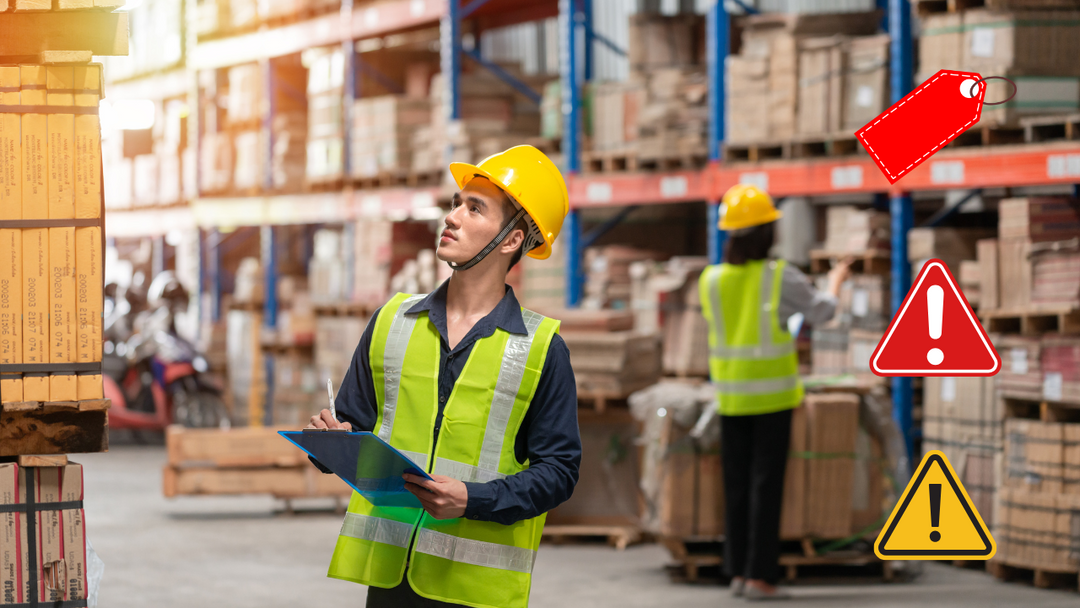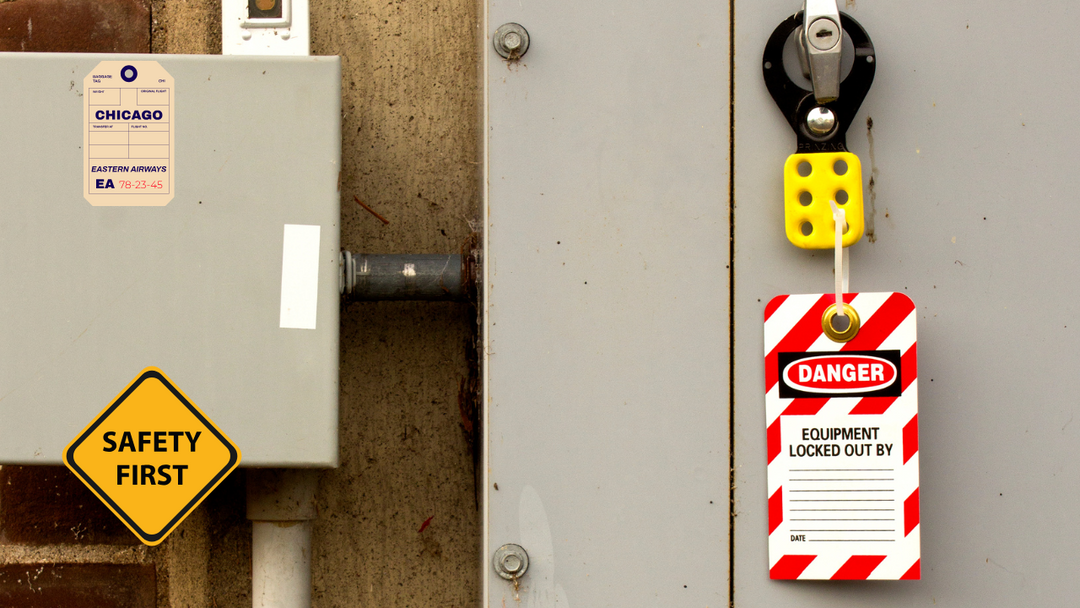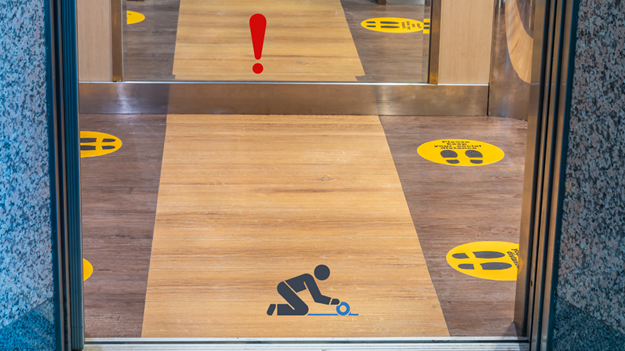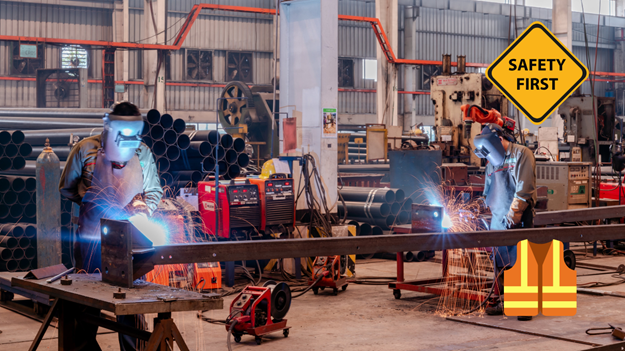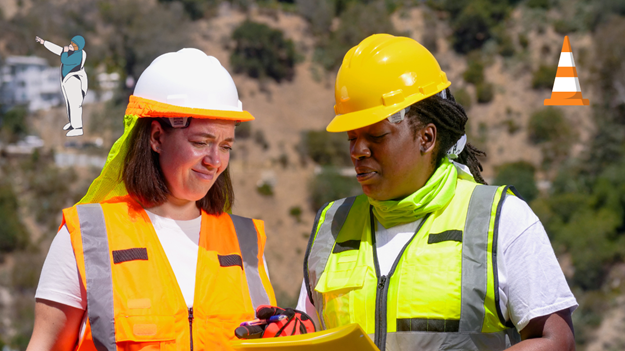Personal Protective Equipment Tips for Maximum Workplace Safety
Introduction to Personal Protective Equipment (PPE)
Workplace safety is a top priority in any industry, and Personal Protective Equipment (PPE) plays a crucial role in ensuring employee well-being.
PPE is designed to protect workers from various hazards, including falling objects, chemical exposure, loud noises, and airborne contaminants. Using the right PPE reduces the risk of injuries and ensures compliance with workplace safety regulations.
Employers are responsible for providing appropriate PPE and ensuring that workers use it correctly. Understanding the importance of PPE and following best practices can significantly improve workplace safety and prevent accidents.
Understanding Different Types of PPE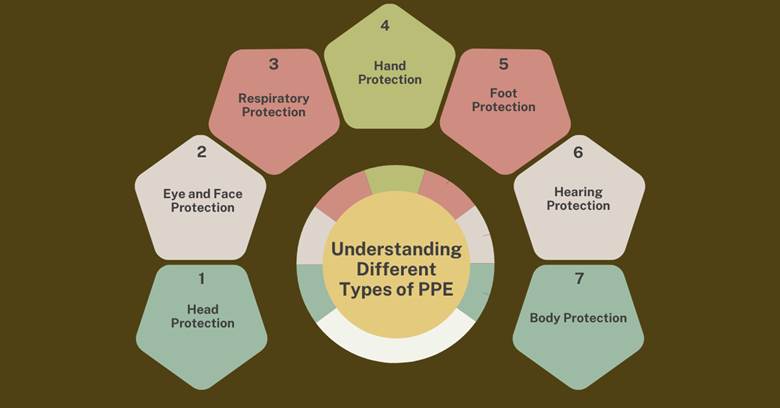
Various types of PPE are required depending on the workplace environment and job tasks. Here’s a breakdown of the most commonly used PPE:
Head Protection
Hard hats and helmets protect workers from falling debris, electrical hazards, and head injuries.
Essential for construction, manufacturing, and industrial work environments.
Eye and Face Protection
Safety goggles and face shields prevent injuries from flying particles, chemical splashes, and dust.
Used in industries like welding, chemical handling, and woodworking.
Respiratory Protection
Masks and respirators filter airborne contaminants and toxic gases.
Essential for workers in hazardous environments like painting, construction, and healthcare.
Hand Protection
Protective gloves shield hands from cuts, burns, chemical exposure, and infections.
Different gloves are used for different hazards, such as nitrile gloves for chemicals and leather gloves for heavy-duty tasks.
Foot Protection
Steel-toe boots and slip-resistant shoes protect against falling objects and slippery surfaces.
Commonly required in warehouses, construction sites, and manufacturing plants.
Hearing Protection
Earplugs and earmuffs reduce exposure to loud noises that can cause hearing damage over time.
Essential for industries with high noise levels, such as construction, mining, and aviation.
Body Protection
High-visibility clothing, fire-resistant suits, and chemical-resistant suits provide additional safety.
Used in environments where workers are exposed to extreme temperatures, hazardous substances, or heavy machinery.
Choosing the Right PPE for Your Workplace
Selecting the right PPE requires careful assessment of workplace hazards and job requirements. Here are key factors to consider:
Conduct a Risk Assessment: Identify potential hazards that could impact workers, such as chemical exposure, falling objects, or loud machinery.
Consider Industry-Specific Needs: Different industries require specialized PPE. For example, welders need face shields, while healthcare workers need gloves and masks.
Ensure Proper Fit and Comfort: Ill-fitting PPE can be uncomfortable and may discourage workers from using it. Properly sized equipment enhances compliance.
By following these choosing the right PPE strategies, employers can ensure their workers remain well-protected in all job environments.
Best Practices for Proper PPE Usage
Providing PPE is not enough—it must be used correctly. Follow these best practices to ensure optimal protection:
Train Employees on Proper Usage: Workers should be educated on how to wear, adjust, and remove PPE safely.
Avoid Common Mistakes: This includes wearing damaged equipment, using the wrong PPE for the task, or failing to secure gear properly.
Encourage Consistent Use: Supervisors should reinforce PPE use by setting an example and monitoring compliance.
Implementing employee protection strategies ensures that all workers are aware of the importance of PPE and use it correctly to prevent workplace injuries.
PPE Maintenance Tips and Replacement Guidelines
Proper maintenance ensures PPE remains effective. Here’s how to extend the life of protective equipment:
Regular Inspections: Check for signs of wear and tear, such as cracks in helmets or scratches on goggles.
Proper Cleaning and Storage: Store PPE in a clean, dry area and follow manufacturer instructions for maintenance.
Timely Replacements: Replace PPE that no longer meets safety standards, such as expired respirator filters or worn-out gloves.
Adopting PPE maintenance tips will help businesses save costs while ensuring that their employees remain protected with high-quality safety gear.
Creating a PPE Safety Culture in the Workplace
A strong safety culture ensures PPE is used correctly and consistently. Employers should:
Lead by Example: Management should wear PPE and follow safety rules to encourage compliance.
Conduct Regular Safety Training: Hold training sessions to reinforce PPE importance and proper use.
Recognize and Reward Compliance: Acknowledge workers who follow safety protocols to encourage continued adherence.
Common PPE Mistakes and How to Avoid Them
Even with PPE policies in place, mistakes can occur. Here’s how to prevent common errors:
Wearing the Wrong PPE: Ensure employees use the correct equipment for each task.
Delaying PPE Replacement: Replace worn or outdated PPE promptly to maintain effectiveness.
Ignoring Fit and Comfort: Uncomfortable PPE can discourage use. Select properly fitted gear to ensure compliance.
A safety gear guide helps workers understand the importance of PPE and avoid errors that could compromise their safety.
Explore More: Essential Safety Tips for Every Workplace
|
Safety Tags Tips |
Short Description |
|
Tips for Effective Use of Safety Tags in the Workplace |
|
|
Essential Scaffold Safety Tips for Workers |
|
|
Comprehensive Workplace Safety Tips for Employers |
|
|
A Step-by-Step Lockout Tagout Checklist for Maximum Safety |
|
|
Top Tips for Improving Warehouse Safety Standards |
|
|
Key Safety Tips for Small Businesses |
|
|
Best Practices for Lockout Tagout Procedures |
|
|
The Importance of Fire Safety Signage in Workplaces |
|
|
Essential Personal Protective Equipment (PPE) Tips |
|
|
Best Practices for Scaffold Inspections |
|
|
How to Use Industrial Labeling for Safety and Compliance |
|
|
Construction PPE Safety Tips for Protecting Workers |
|
|
Advanced Safety Tips for a Safer Workplace Environment |
Conclusion
Personal Protective Equipment (PPE) is a vital aspect of workplace safety that prevents injuries and ensures regulatory compliance. Employers must provide appropriate PPE, conduct regular safety training, and encourage a culture of safety.
By implementing proper workplace safety practices, businesses can protect their employees, reduce accident risks, and maintain a productive work environment. Investing in high-quality PPE is an investment in the well-being and success of the entire workforce.
For more workplace safety solutions and compliant safety signage, visit this page.
FAQs
What is the most essential PPE for construction workers?
Hard hats, safety goggles, gloves, steel-toe boots, and high-visibility vests are crucial for construction sites.
How often should PPE be inspected and replaced?
Regular inspections should be conducted before each use. PPE should be replaced if damaged, expired, or no longer effective.
Can employees refuse to wear PPE at work?
Employers can enforce PPE use as part of workplace safety regulations. Refusing to wear PPE can result in disciplinary action.
What are the penalties for non-compliance with PPE regulations?
Non-compliance can lead to workplace injuries, fines, legal actions, and a damaged company reputation.
How can businesses encourage PPE compliance among employees?
Providing proper training, leading by example, and recognizing safety-conscious employees can help improve PPE compliance.

